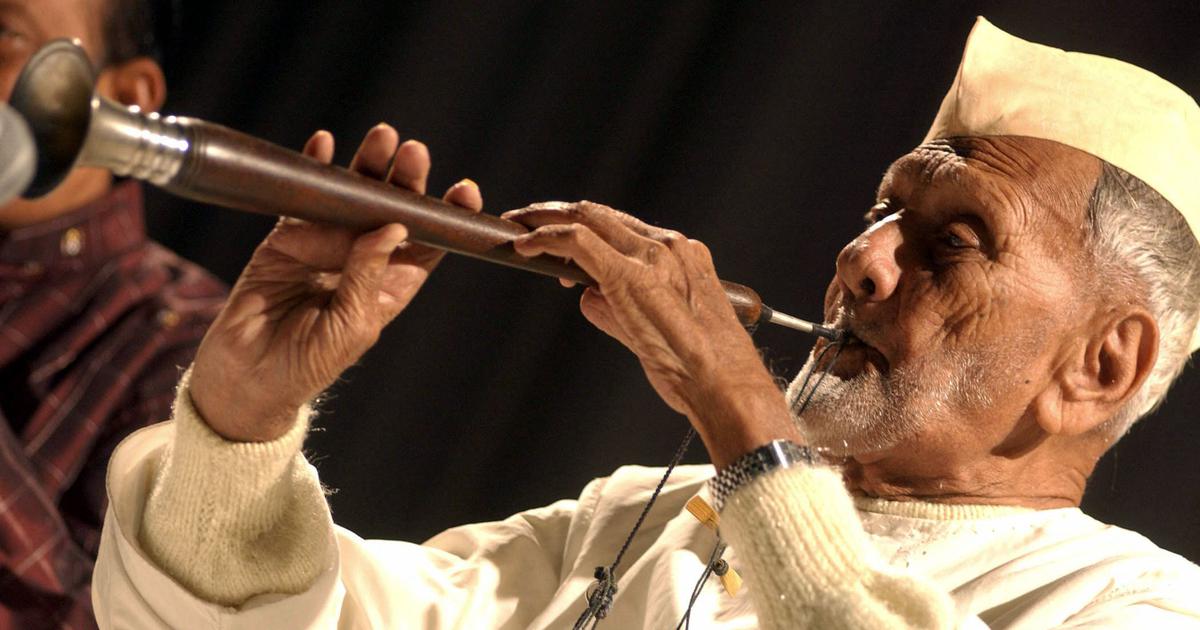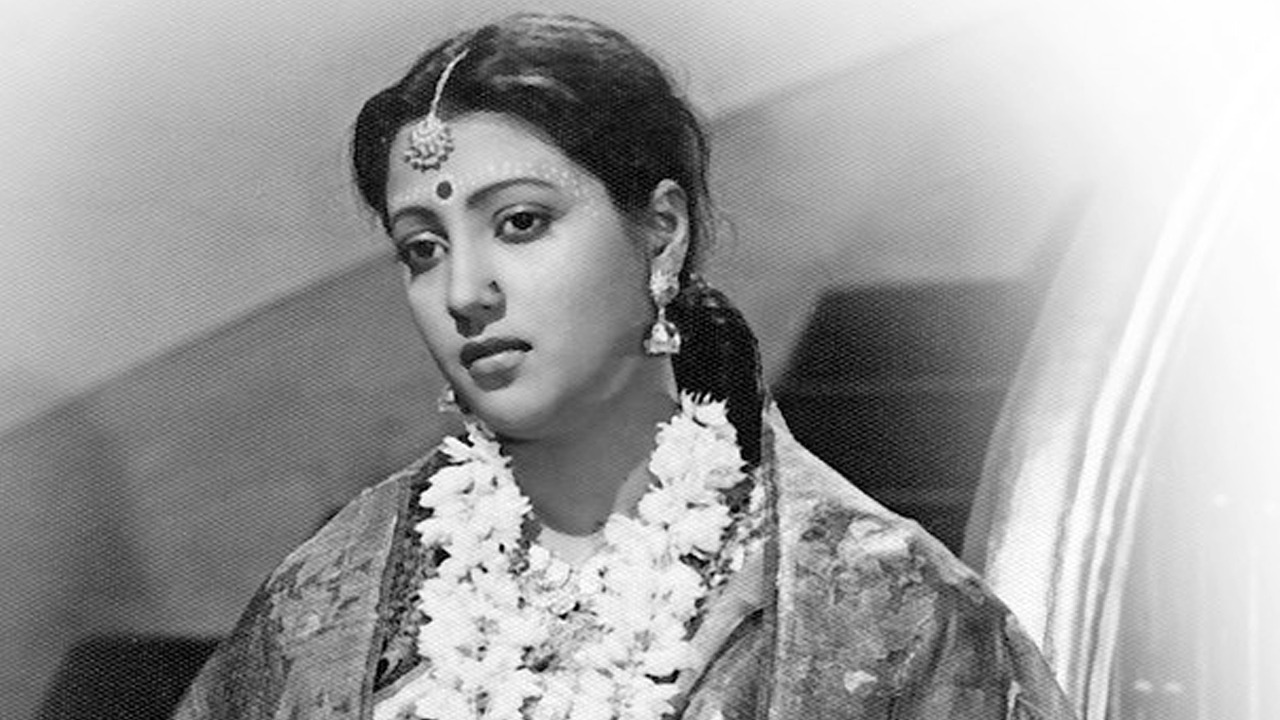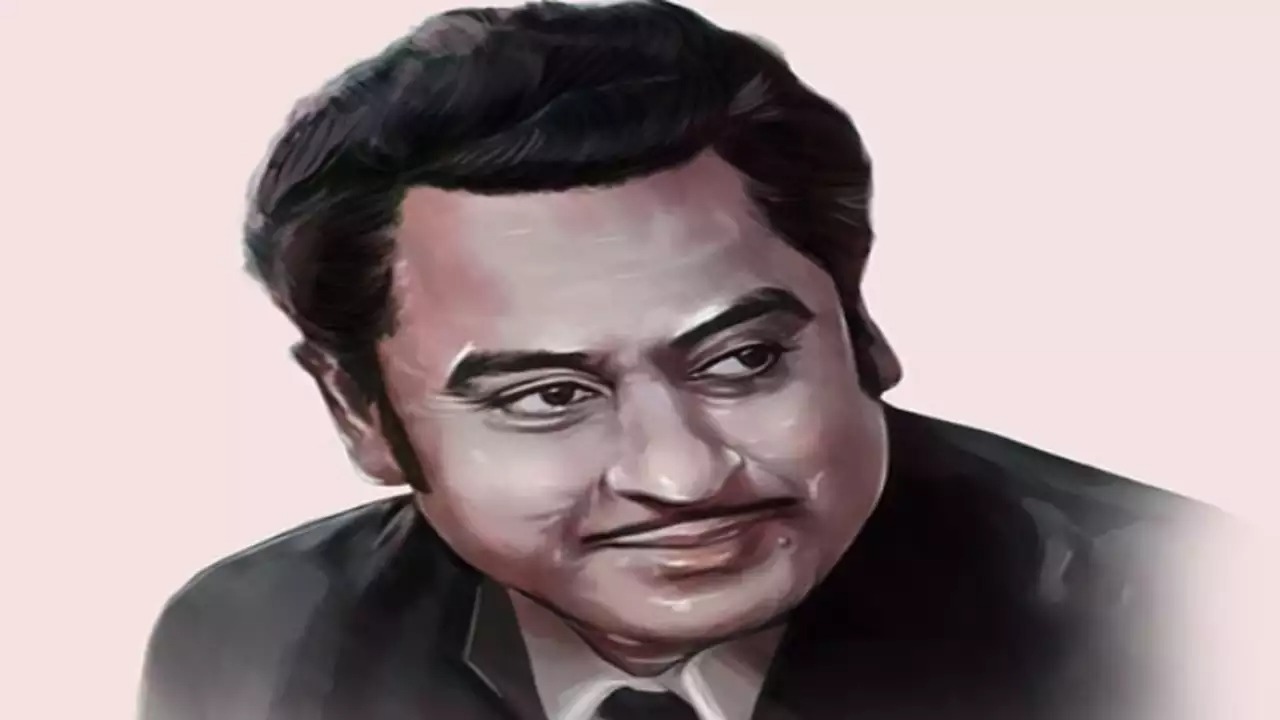The Shehnai: A Melodious Journey Through Indian Music
The shehnai, a traditional Indian wind instrument, holds a special place in the rich tapestry of Indian music. Known for its distinctive, melodious sound, the shehnai is often associated with auspicious occasions and has a deep-rooted history that spans centuries. This blog explores the origins, evolution, and cultural significance of the shehnai in Indian music.
Origins and Evolution
The shehnai is believed to have evolved from the pungi, a folk instrument used primarily for snake charming. The transformation from pungi to shehnai is attributed to an enterprising barber who improved the instrument to make it more melodious. The name “shehnai” is thought to derive from the words “shah” (king) and “nai” (barber), indicating its royal patronage and the profession of its innovator.
Historically, the shehnai was played in the royal courts and temples of India. It is similar to the nadaswaram, a South Indian instrument, and shares characteristics with other double-reed instruments like the mizmar and zurna. The shehnai’s body is typically made of wood, with a flared metal bell at one end and a double reed at the other. This construction gives it a unique, penetrating sound that can convey a wide range of emotions.
Cultural Significance
The shehnai is deeply embedded in Indian culture and is often played during weddings, religious ceremonies, and festivals. Its sound is considered auspicious and is believed to bring good fortune. The instrument’s association with weddings is particularly strong, and it is a staple at North Indian marriage ceremonies.
One of the most significant figures in the history of the shehnai is Ustad Bismillah Khan. He is credited with elevating the shehnai from a folk instrument to a prominent feature of Indian classical music. His performances brought the shehnai to the concert stage, and he became a symbol of the instrument’s potential for expressive depth and technical complexity.
Playing Techniques and Musical Range
Playing the shehnai requires considerable skill and practice. The musician must master various embouchure and fingering techniques to produce the instrument’s characteristic sound. The shehnai has a range of two octaves, from the A below middle C to the A one line above the treble clef (A3 to A5 in scientific pitch notation). This range allows for a wide variety of musical expressions, from soulful melodies to lively, rhythmic patterns.
The shehnai is often accompanied by traditional Indian percussion instruments like the tabla and the pakhawaj, as well as the harmonium. This ensemble creates a rich, layered sound that is both captivating and evocative.
Modern Use and Global Influence
In contemporary times, the shehnai continues to be an integral part of Indian music. It is featured in both classical and popular music, and its sound is instantly recognisable to many. The shehnai has also found a place in film music, with notable compositions in Bollywood movies that highlight its unique timbre.
The global influence of the shehnai is evident in its inclusion in various world music projects. Musicians from different genres have incorporated the shehnai into their compositions, showcasing its versatility and universal appeal.
Conclusion
The shehnai’s journey from a simple folk instrument to a celebrated component of Indian classical music is a testament to its enduring appeal and cultural significance. Its melodious sound continues to enchant listeners, making it a cherished part of India’s musical heritage. Whether played at a wedding, a religious ceremony, or a concert hall, the shehnai remains a symbol of joy, tradition, and artistic excellence.







There are no comments